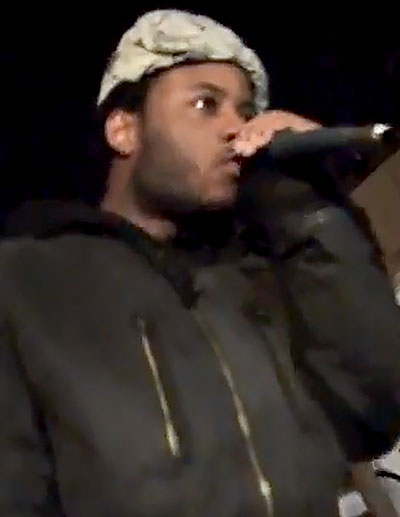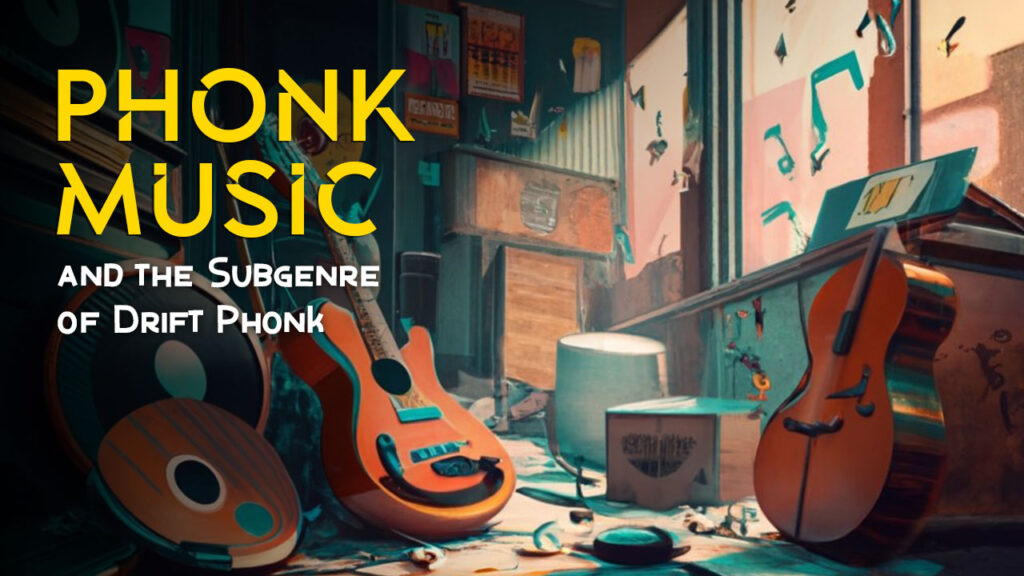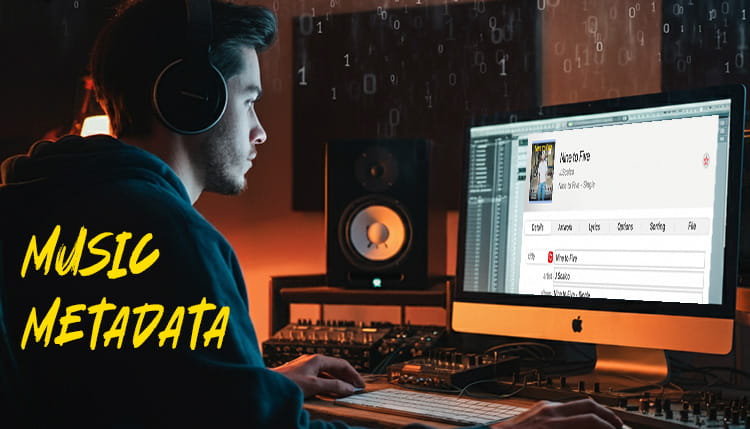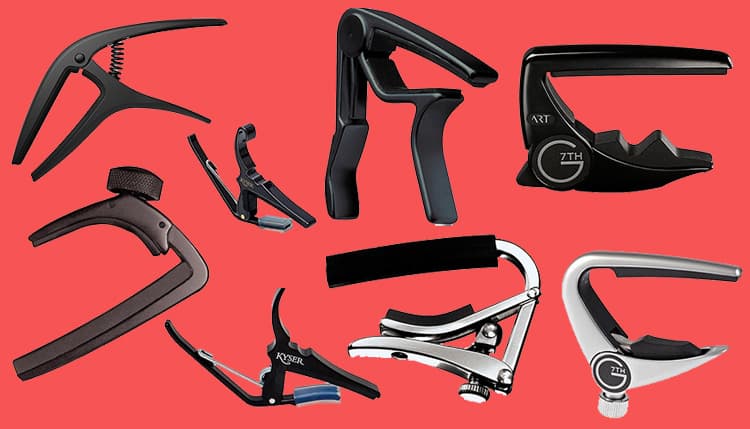What is phonk music?
Phonk music is a genre that blends elements of Memphis rap, chopped and screwed production, and lo-fi aesthetics.
It is characterized by its heavy use of samples from 90s and 2000s hip-hop and R&B tracks, which are often slowed down, pitched-shifted, and distorted to create a dark and gritty sound.
Phonk music also incorporates a lo-fi production style, with its raw and unpolished sound adding to its underground appeal.
The genre emerged in the SoundCloud and internet music scene in the mid and early 2010s, drawing inspiration from the Memphis rap scene and the chopped and screwed sound popularized by DJ Screw.
Phonk music often features dark, moody, hypnotic and atmospheric beats, with lyrics that reflect themes of street life, drug culture, and social and political issues.
While still a relatively underground genre, phonk music has gained a dedicated following and continues to evolve as artists experiment with new sounds and influences.
Characteristics of phonk music
The characteristic phonk sound revolves around slow, bass-heavy beats with an aura of menace and controlled chaos.
While production styles vary between artists, most phonk tracks exhibit:
- Tempos ranging from 60 to 80 BPM to evoke a laid-back but tense vibe
- Crunchy basslines with 808s tuned for maximum bump
- Cavernous reverb and tape saturation effects for a dusty, lo-fi texture
- Eerie melodies and repetitive synth hooks, often played on bells or arpeggios
- Vocal samples from 1990s Memphis tapes, chopped and screwed stylings
- Lyrical themes revolving around violence, hustling, partying, and transgression
While this describes the quintessential phonk sound, the genre encompasses variety in technique.
Some artists lean into more orchestral textures while others employ minimalist drum patterns.
This fluidity gives producers freedom to color the style with their regional influences.
History of phonk music
Phonk genre emerged circa 2010, but its roots trace back to 1990s Memphis.
Pioneering North Memphis producers like DJ Squeeky, DJ Zirk, and Tommy Wright III forged a style of rap that translated the sound of their city streets into inventive funk beats.
This distinctly Memphian subgenre, later dubbed “Memphis rap” or “Tennessee rap,” circulated via underground tapes.
It featured the foreboding 808s, trance-inducing tempos, and occult mysticism that provide the phonk foundation.
Notably, it molded styles like crunk and trap music that later impacted hip hop as a whole.
In the following decade, figures like Project Pat and Three 6 Mafia brought snippets of the Memphis aesthetic into the mainstream.
Lesser-known producers active regionally also pushed the style into grittier territory.
Their experiments laying horrorcore synths over screwed Southern rap instrumentals made Memphis rap decidedly left-field.
As software like FL Studio became accessible, these ambient ideas cross-pollinated online through filesharing sites and platforms.
Bedroom producers cross-wired regional rap styles with electronic influences, birthing a spread of hybrid microgenres.
Against this landscape, phonk emerged organically by 2010.
Key artists like Spaceghostpurrp, LORDØFTHEFLÏES, and DJ Yung Vamp started self-releasing tracks that translated classic ’90s Memphis tapes into a blown-out, quasi-electronic style.
Their aesthetic spread quickly through SoundCloud and Reddit as listeners connected with its unique punch.

Influence of phonk genre on the music industry
As an internet-incubated genre, phonk’s influence has spread less through traditional channels than by inspiring fellow bedroom producers worldwide.
Its signature sound – grimy, screwed beats garnished with arcade synths and horror motifs – has infiltrated rap, R&B, electronic music, and their various hybrids over the past decade.
More commercial strains of phonk helped introduce the style to mainstream audiences.
Artists like Kid Trash, City Morgue, and Ghostemane blend metallic trap beats with the genre’s grittiness.
Their tracks license phonk’s renegade energy for mass consumption.
Conversely, phonk has impacted underground music styles like witch house and vaporwave.
Producers in these realms weave subtle nods to phonk’s brooding atmospherics within their work.
This gives their compositions a hardened edge that resonates with fans seeking music beyond pop’s pleasure centers.
As phonk creatives continue uploading material to streaming platforms, their compositions also influence regional rap scenes.
Aspiring beatmakers integrate tricks learned from phonk tracks into bubbling styles like Florida’s wave rap or Detroit’s scrunchy. This drives innovation in these budding movements.
Above all, phonk symbolizes a vanguard model of genre formation within an internet-dominated landscape.
By congregating on SoundCloud and Reddit versus relying on labels and radio play, phonk artists have built a thriving community that dictates its own trajectory.
Their approach provides a template of possibility for future bedroom talents.
Popular phonk artists
Prominent phonk artists who have shaped the genre’s trajectory include:
- Spaceghostpurrp – pioneered a horror-tinged, minimalist strain of phonk production that birthed the “Raider Klan” style
- DJ Smokey – Memphis producer who crafted quintessential early phonk full of chopped rap samples and beastly 808s
- Jay Maguire – Canadian producer behind the highly influential albums “Street Dreams” and “Highway Dreams”
- IC3PEAK – Russian electronic duo known for dark, industrial-influenced tracks tinted with phonk touches
- Kamiyada – Tokyo-based artist at forefront of “phonk and drift phonk” subgenres defined by samples from ’90s Japanese underground hip hop
- Freddie dredd – Rising LA-based rapper/producer known for work fusing styles like phonk and nu metal into hardened rap tracks

These artists represent a fraction of the broad range of talent driving phonk forward. New producers surface frequently within the style as its accessibility and leftfield energy continue attracting bedroom composers.
Phonk Spotify Playlists
As a rising internet-based genre, phonk thrives on Bandcamp but has also permeated streaming platforms like Spotify. Crafting a playlist here offers an avenue to traced the style’s permutations. Useful search terms include:
- “phonk”
- “memphis phonk”
- “drift phonk”
- “synthwave phonk”
- “vaporphonk”
Leading phonk labels like Business Casual, Purple Posse Records, and Phonk Nation host playlists grouping their roster. Compilations like “Phonk Nation” provide one-stop overviews of trending tracks.
Digging through artists’ radio features and suggested tracks yields cuts by lesser-known talents. Cross-referencing releases and online feedback flags acclaimed albums worth bookmarking.
Given phonk’s diversity, compilations tailored to specific styles have appeal for both newcomers and devotees.
A “Classic Memphis Phonk” compilation distills the genre’s foundational 1990s Memphis rap influences.
Contrasting this against drift phonk or horror phonk illuminates how producers worldwide interpret the style.
Updating playlists routinely will increase their utility for tracking phonk’s lighting-speed evolution.
The past decade has seen the emergence of niche regional styles like “Russophonk,” “Britphonk,” and “ASAP Phonk” demonstrating the fluidity producer ingenuity brings to phonk worldwide.
Playlists that capture these offshoots have curatorial value for the phonk community.
Origin and evolution of drift phonk
Drift phonk denotes a Japanese permutation of phonk circling Tokyo’s underground beat scene.
It emerged locally circa 2018 when producers like haircuts for men, 脳みそ夫, and Kamiyada began lacing screwed hip-hop beats with samples from 1990s Japanese hip-hop.
This niche Japanese rap era – the “golden age” – spawned acclaimed yet tragically short-lived talents like Kan Takagi, Mitsuru and DJ Krush who resonated for their experimental leanings.
Drift phonk producers excavate hooks from their little-heard tracks – airy jazz piano lines, murmured poetic snippets – and stretch them over loping trap and vaporwave beats.
The style’s name nods to its dual fixation with phonk templates and Japan’s ’90s “drift culture” surrounding imported American muscle cars.
Track titles, samples, and cover art reference sly in-jokes about car tuning, Tokyo road warriors, and nostalgic Japanese media tropes.
Originally an esoteric experiment in creating “music by and for petrolheads,” drift phonk crossed over internationally by 2019.
Leading Australian label Business Casual began pushing compilation albums grouping top practitioners.
These sold strongly on Bandcamp, cluing global audiences into the style’s signature mixture of cross-cultural references and Internet-age production.
Key elements that define drift phonk sound
While individual techniques vary between artists, core aspects marking drift phonk compositions include:
- Chopped and screwed samples from 1990s Japanese hip-hop tracks
- Conversational Japanese snippets and castoff voicemail extracts
- Bassy trap rhythms wheeled back to 80 BPM tempo ranges
- Retro video game tones and synthesized traditional instruments like koto
- Song/album titles alluding to niche Japanese car culture (“Midnight Wangan,” “Shuto Expressway”)
These elements blend with the phonk signature grimy beats and horror-tinged synth lines to birth drift phonk’s distinctive cross-wired energy.
The style strikingly manages to evoke nostalgia for a hyper-specific Japanese experience while feeling forward-thinking courtesy of its globetrotting influences.
Notable contributors to the drift phonk subgenre
Notable artists shaping drift phonk’s aesthetic include:
- haircuts for men – Australian-Japanese artist and leading popularizer noted for the cut-up “konbini” beats on albums like “低迷“
- 脳みそ夫 – Tokyo producer behind sleepy classics in the style like “北斗の拳” and “桐生さん”
- tokyoendentenshi – crafts wavering, melancholy tracks that verge on rainy-day ambient
- DJ Krush – pioneer sampled heavily for his instrumental hip-hop innovations who has retrospectively co-signed drift phonkers
- t e l e p a t h テレパシー能力者 -something of an interloper, this producer popularized mixing hazy vaporwave with phonk aspects
These producers’ output provides an overview of drift phonk’s rise from micro-genre curiosity to internationally resonating style.
Their creative circle encompasses collaborations, remixes, and label relationships tying together Japan, North America, and Australia in communicating drift phonk worldwide.
Drift phonk’s place in the music industry
As an esoteric offspring cultivated in Bandcamp backwaters, drift phonk operates adjacent to commercial site streams.
Leading labels like Business Casual and Dream Catalogue boost its international visibility via compilation albums and flagship releases.
However, the style lacks a mainstream face or obvious radio single akin to how stylistic cousins vaporwave or lo-fi hip hop broke through.
Nonetheless, the drift phonk cultural stock continues rising as audiences respond to its distinctive mixture of familiar and foreign elements.
Critically, the style has built an organic following by circulating through channels like Reddit’s r/phonk feeds, tiktok and Discord listening rooms.
Such grassroots support hints at its potential for carved-out longevity even without mass market success.
Moreover, drift phonk production techniques keep percolating into adjacent realms.
Mainstream pop efforts like hitmaker Y2K and BBno$’s 2020 single “Lalala” subtly nod to the style’s retro Japanese samples and lilting emo-rap atmospherics, bringing traces of it to Top 40 programming.
This demonstrates drift phonk’s quiet influence beyond its niche appeal.
Drift phonk playlist for music enthusiasts
Playlist-making offers a creative avenue for entering drift phonk’s rabbit hole of obscure yet evocative sounds.
Useful search terms for Spotify include “drift phonk,” “Japanease phonk,” “tokyo phonk,” andamma soundtrack-esque descriptors like “wangan midnight” and “shuto expressway.”
Culling through fuzzy self-released Bandcamp EPs captures drift phonk’s vintage Japanese hip-hop excavations and car culture allusions missed by streaming’s commercially-angled algorithms.
Bookmarking artists and labels here provides flags for new material when albums hit Spotify.
Web resources like r/phonk subreddit threads compile fan-aggregated playlists that distill trending or “essential intro” tracks for newcomers.
Cross-referencing these against niche but knowledgeable YouTube orling lists highlights cuts with scene credibility.
For listeners in overseas markets like North America seeking to trace drift phonk’s emergence, compiling a timeline with albums adding successive innovations paints a rich picture.
Contrasting early works against recent breakout releases charts how the style has blossomed globally while retaining its insular Japanese essence.
Curational selectivity is key for keeping playlists engaging as drift phonk’s offshoots continue multiplying.







